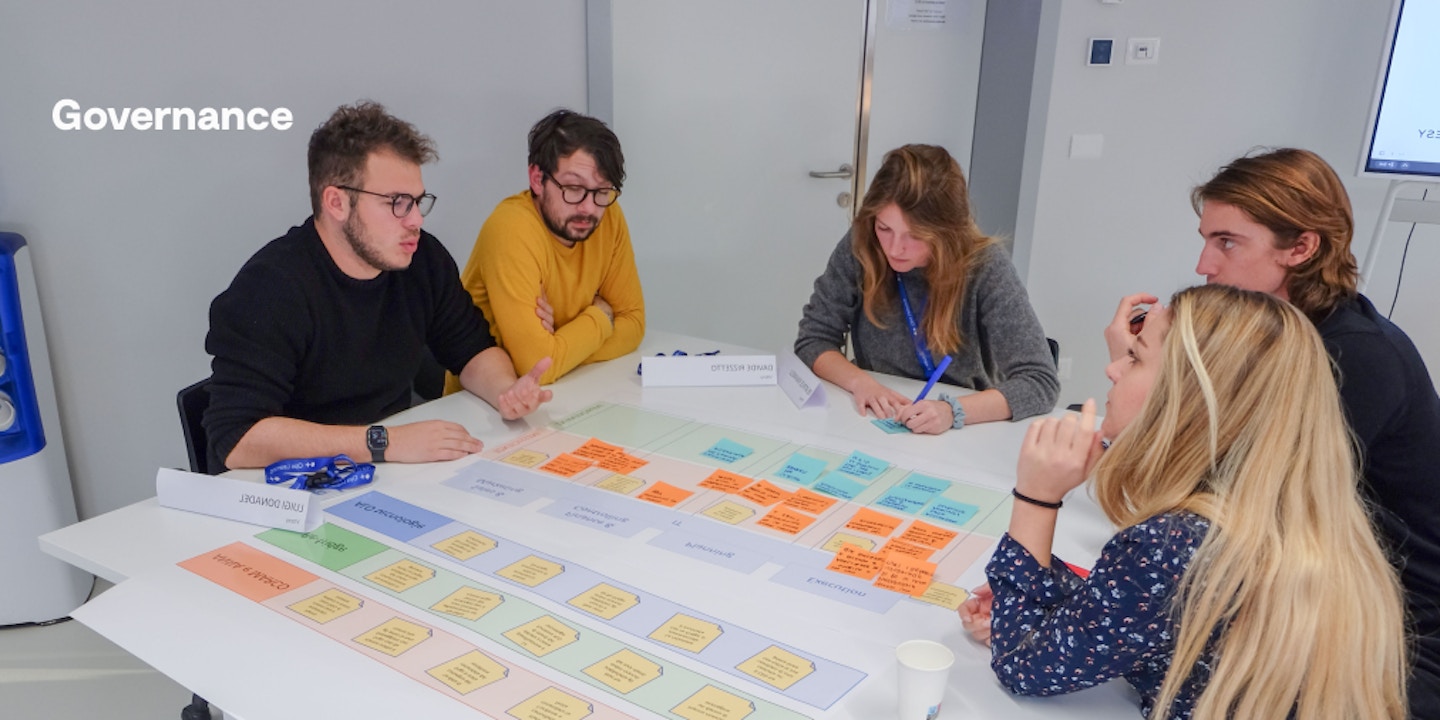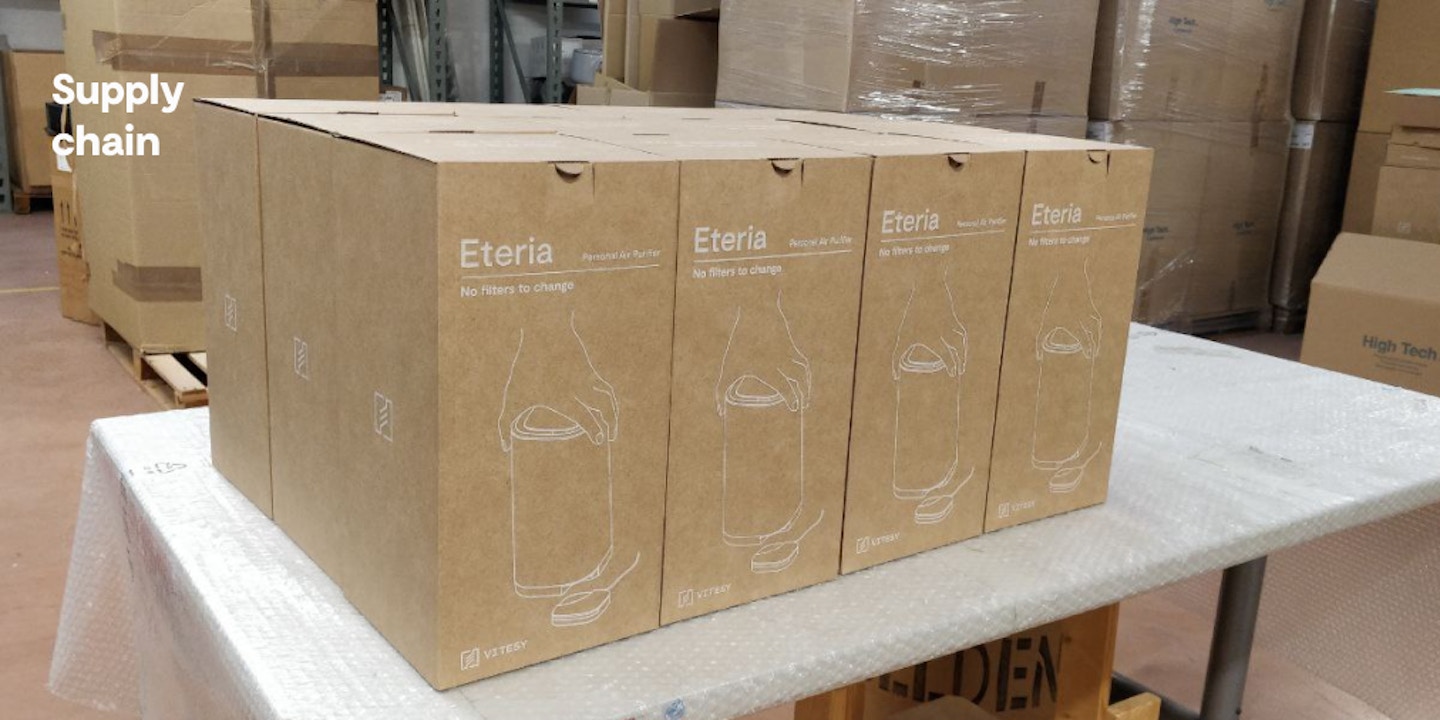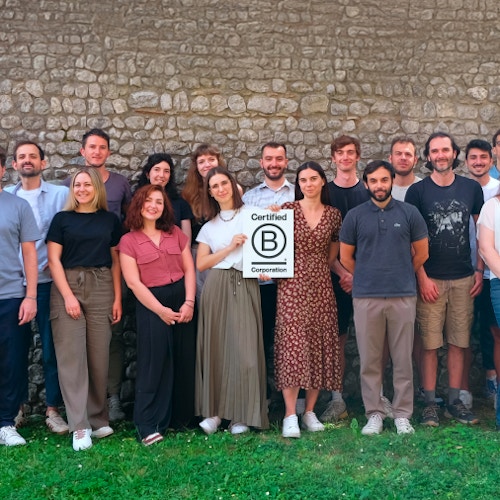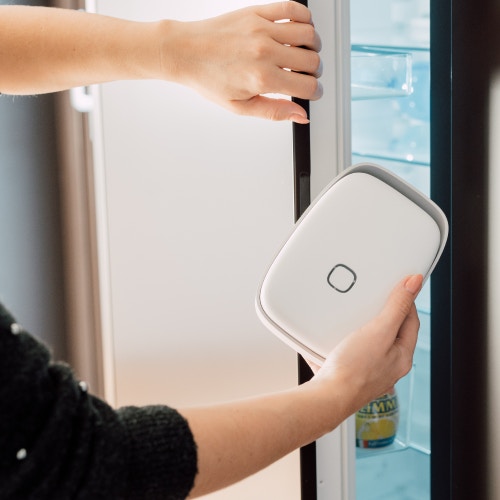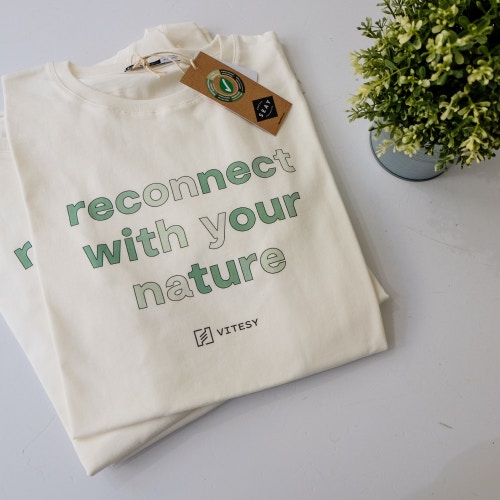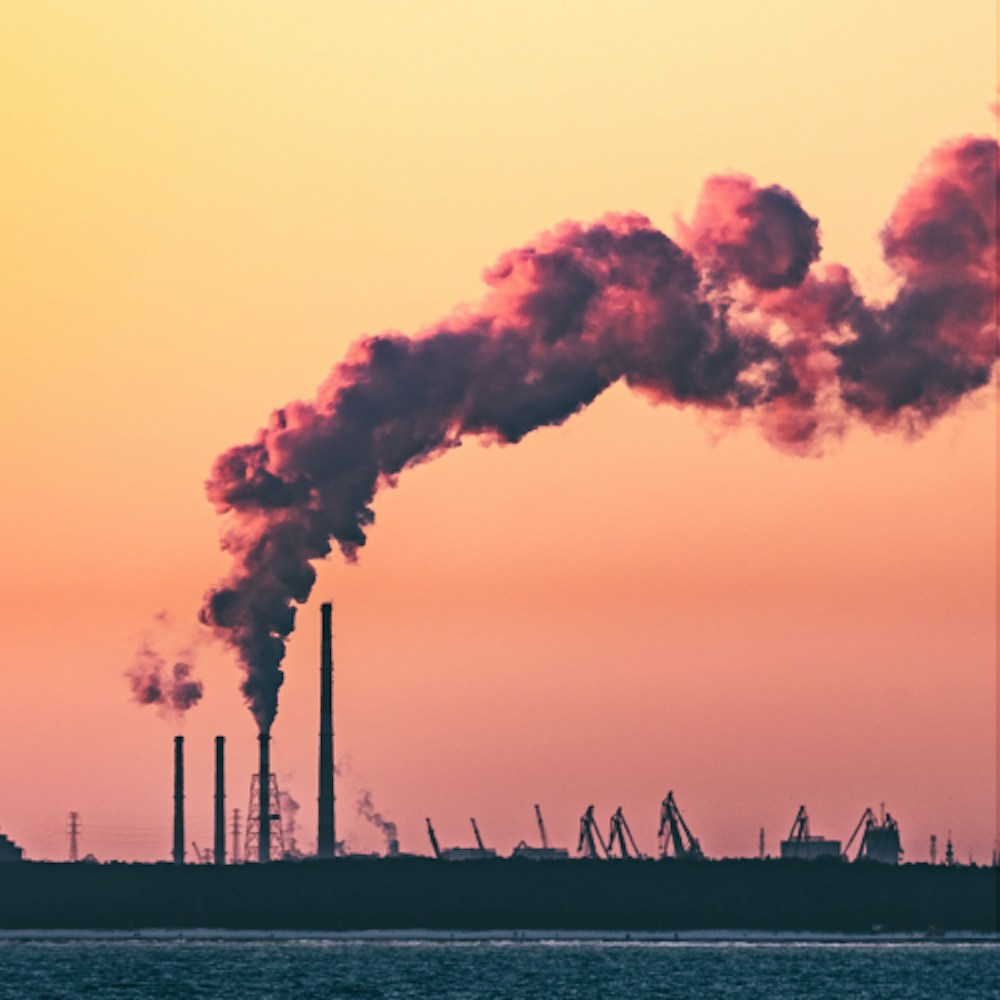
Our journey to certify our commitment to sustainability
→
You know that the color of Vitesy’s approach is green. Recently, we’ve embarked on a journey to certify our efforts and we wanted to share what that looks like for us.
Why sustainability is important to Vitesy
What are we doing to become a certified sustainable company?
- Why we started this process
What are the next steps on the road to sustainability
- Supply Chain
- Governance
- Environmental impact
What we’re already doing to minimize our impact as a company
- Our sustainability data at a glance
Why sustainability is important to Vitesy
Sustainability is one of Vitesy’s core values, and we’ve been committing to it since the beginning of the company. We firmly believe that prioritizing sustainability is essential for the long-term well-being of both our planet and all the living beings that inhabit it. We strive to minimize our impact as much as we can and we do our best to promote a healthier, greener future. This translates into recycled materials, minimal shipping packages, and reusable filters to avoid unnecessary waste, but it also applies to our message and our content, with which we always try to spread awareness (from food waste to indoor air health).
We wanted to take this matter to the next level and transform our vision and small efforts into action, that is why we decided to embark on this journey to sustainability. In this blog we’ll take you along with us so you can see precisely what we’ll be doing and what the process will look like for us.
What are we doing to become a certified sustainable company?
We embarked on a long-term path that will lead Vitesy to reach high-level performance on the ESG goals (Environmental, Social and Governance), not only by involving management but also through a structural transformation that imposes tighter restrictions aimed at ensuring the effort to achieve these goals. This means that we have started to quantify and measure our impact on the planet, on society and also on the people. This is only the beginning, it will be a long process that will engage the whole company and all the teams.
To reach our final goal we decided to use a tool called BIA, or B Impact Assessment. This is a management tool which helps companies evaluate their impact on the various stakeholders. By obtaining 80 points in this first assessment, we can also become officially eligible to acquire the B Corp certification. If you don’t know, this is an official certification that the company is meeting the highest standards of social and environmental performance, accountability and transparency.
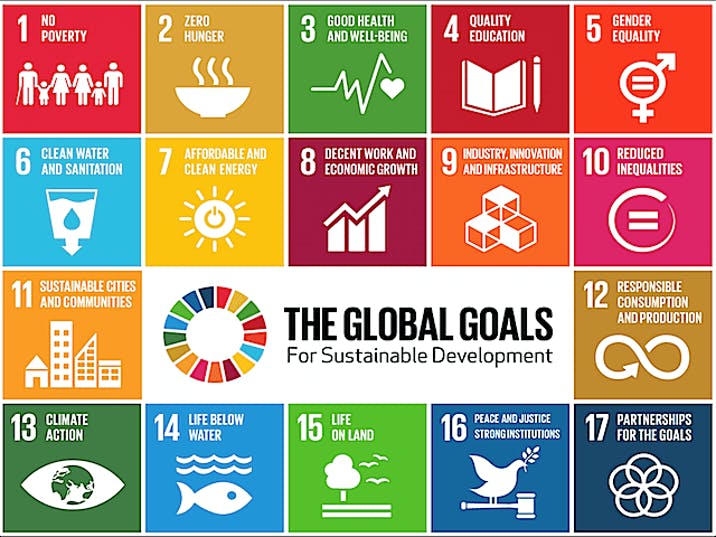
Why we started this process
Our goal is to keep improving as a company in order to ensure a positive impact on both the planet and the people, increasing the external and internal wellness of all parts. We want to merge our economic interest while at the same time creating a positive environmental and social impact.
We are not doing this just to obtain the certification, but mainly to make sure that we can minimize our negative impact and maximize the positive one. We deeply care about this topic and that is why we decided to take the extra step.
What are the next steps on the road to sustainability
As we anticipated, we started with the BIA assessment to measure our starting point. This helped us be more aware and accountable of the role of the company on its governance, workers, customers, environment and society. So after submitting our assessment, we can now analyze the current state of the company and identify the areas that need improvement.
From this, we’ve set a corporate strategy by creating a roadmap towards sustainability that has improvement actions laid out for each weak area impacted. This also allowed us to actively engage all internal teams, making everyone conscious about the role and responsibilities of each of us in terms of our sustainability impact.
We’ll share a quick overview of the main areas we plan to focus on in this first phase.
Supply Chain
We are following a path of supply chain accountability in order to minimize negative impacts on the environment and society and achieve excellent sustainability performance. This goal is achieved in synergy with suppliers, as the effort to limit the impact of supply chain-related operations must be made by both parties. Reducing one's environmental impact, greenhouse gas emissions, and optimizing the use of resources are indeed goals that need a commonality of purpose to be achieved.
We will follow several steps to make this goal a reality. To date, we have begun administering surveys to suppliers to assess their affinity to our own supply chain management principles. In addition to assessing and verifying compliance with what are legal requirements, we evaluate the performance of our suppliers in light of their quality management, environmental management, and social management systems.
The purpose of these evaluation and qualification activities of our suppliers is to enable us to assess the alignment of our objectives and procedures, and set a path of collaboration that will generate positive change in our supply chain, promote innovation, and create a group of stakeholders who are aware of their role towards the environment and society. A group that can work towards achieving the same goals, meeting and anticipating legal requirements and satisfying the wishes and needs of our customers.
In fact, we have built a sort of internal rating which allows us to measure the performance of our suppliers and intervene if and where necessary with awareness-raising or support activities to align practices and objectives. Indeed, through these measures we seek to adopt as collaborative a perspective as possible, sharing knowledge and know-how to build a strong and stable base of collaborators and suppliers, which will ensure that we operate without stumbles and interruptions, consolidated by shared principles and growth strategies directed toward the same goals.
Governance
To raise our standards of transparency and accountability, we have solidified our internal governance procedures to ensure high quality standards not only for external stakeholders and shareholders, but also for internal ones. Worker welfare is indeed of paramount importance, and we are step by step grounding new procedures and consolidating practices already in place to support their welfare, involvement, empowerment, and opportunities for job and training growth.
To improve our overall governance practices, some measures have already been implemented, others are being studied and evaluated before being grounded. Most of the activities already grounded involve our HR team. We have conducted a pay equity analysis to verify that, all things being equal, the metrics are fair for all parties involved. We are also analyzing an operation to extend additional health benefits to all workers, part-time or full-time, and programs for their well-being, including, for example, the possibility of anonymous psychological counseling services.
Environmental impact
We recently entered into a partnership agreement with Up2You, a greentech and B Corp certified startup that enables companies to reduce their environmental impact. We decided to measure the impact of our company's activities in terms of CO2 emissions, and together we calculated our emissions related to the emissions generated by the company to create a Corporate Carbon Footprint.
Up2You will analyze the areas with the highest impact on climate change and then identify ad hoc reduction strategies and measures, providing us with an advanced report that will allow us to study in detail how we impact the climate, so we can become more aware of our role and raise internal awareness.
But there’s more. Every product we sell has an impact not only at the production level, but also at the distribution level. Together with Up2You, we therefore decided to calculate and subsequently offset the emissions related to the shipments of our products that we will make between September and December 2023, and then continue with the year that follows.
Where we aren’t able to reduce our emissions, we plan to offset them through the purchase of certified carbon credits, an official and transparent tool that attests to the capture or non-emission of CO2 (1 carbon credit = 1 ton of CO2). This includes the financing of environmental protection projects that ensure CO2 absorption through the development of dedicated technologies or through the preservation of forest areas that naturally contribute to massive CO2 absorption. Offsetting shipping-related emissions thus means restoring the balance between the CO2 emitted and that captured through funded projects.
What we’re already doing to minimize our impact as a company
Since the beginning we have been careful about the choice of the materials, decided not to use glues, planted trees for every product sold, and much more. Only recently we gathered some actual data to put everything in perspective and make our efforts more visible.
Our sustainability data at a glance
Since many products require filters to be replaced about twice a year, 20 million filters are wasted every year and end up in landfills. Thanks to our reusable filters which do not need to be replaced, we saved 50.700 filters, which is 13.200kg of waste avoided! These are really impressive numbers, especially if you think that all this could be easily avoided by choosing a more sustainable air purifier.
In terms of carbon footprint, we were able to compensate for 4863 tons of CO2, which is the equivalent of 4791 airplane trips from Rome to New York. We don’t need to say anything else, these numbers speak for themselves.
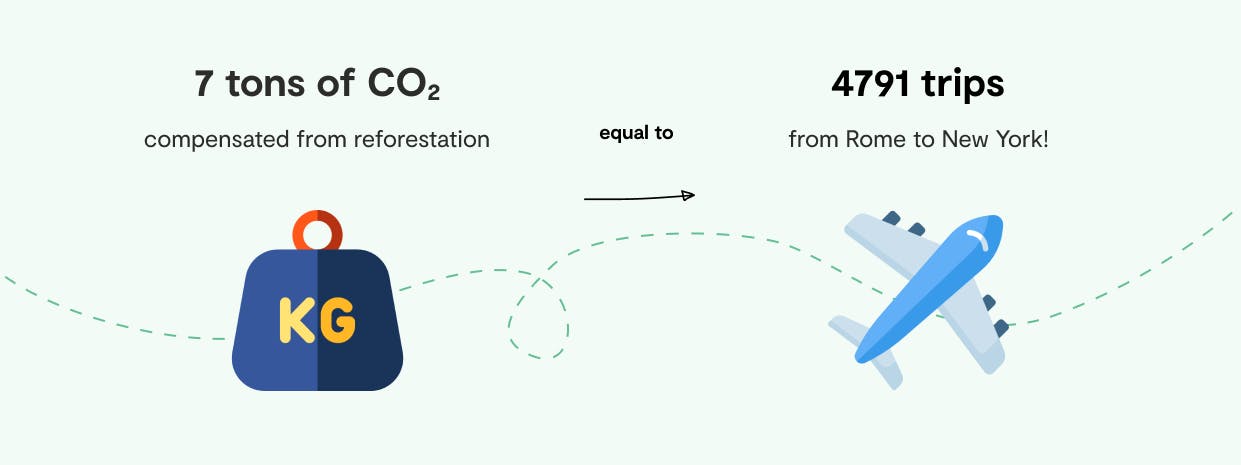
With our latest product Shelfy we shifted our focus to food waste. Every household produces 74 kg of food waste every year, which in money terms is about 2.000€! Food waste has negative impacts on both the environment and society, making it a critical issue that needs urgent attention. With Shelfy our goal is to fight this starting from your refrigerator.
Each of our air purifiers has been created with the intention of being as eco-friendly as possible: we use recycled materials, don’t use glues and use paper packaging with minimal waste. But that’s not only it: we use the photocatalytic technology, which is really safe and works with a reusable and easily washable filter! According to your own needs, we have something for everyone!

